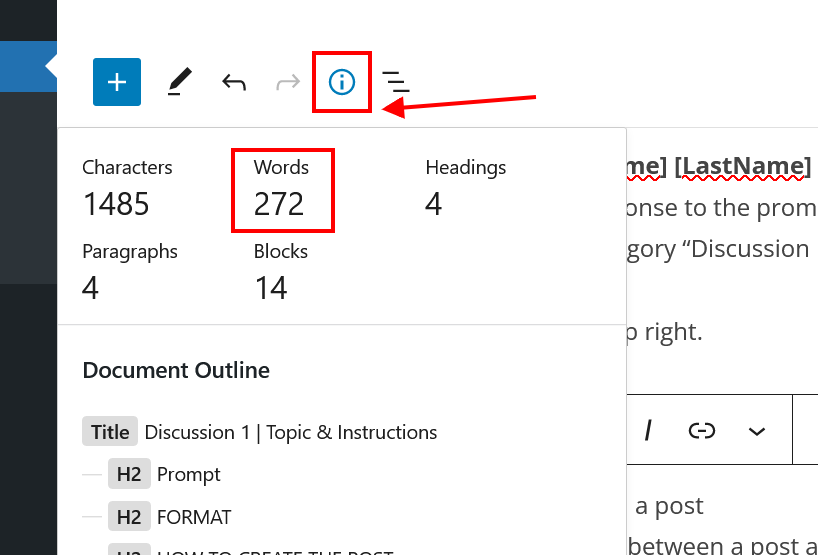This week you will have one reading and one film to view. I hope you enjoy them both. In terms of history, we are moving into the end of the 20th century/beginning of the 21st century until we FINALLY will have spring break. While most of what we have read this semester has included intersectionality, now we move to properly naming it.
This statement introduces us to black feminism and the term “identity politics,” and expands the feminist adage “the personal is political.” Black feminism has an undeniable personal genesis – a political realization that comes from the seemingly personal experiences of individual black women’s lives. By “seemingly personal,” they mean that each individual has a unique experience but as a group, they have common or similar experiences of racist/sexist experience. By recognizing the similarities in experience, members of groups can support one another while also knowing there is variation in their experience.
The Collective writes “Many black women have a good understanding of both sexism and racism, but because of the everyday constrictions of their lives cannot risk struggling against them both.” And this is what they claim is the importance of identity politics: “This focusing upon our own oppression is embodied in the concept of identity politics. We believe that the most profound and potentially most radical politics come directly out of our own identity, as opposed to working to end somebody else’s oppression.” Because the members of the collective (and I hope all of us) have a “shared belief that Black women are inherently valuable, that our liberation is a necessity not as an adjunct to somebody else’s may because of our need as human persons for autonomy” they also argue “If black women were free, it would mean that everyone else would have to be free since our freedom would necessitate the destruction of all the systems of oppression.” The personal is political because everything that is seemingly personal is always already an experience one has within a system of interlocking oppressions. Therefore nothing is truly “just personal” but is always an effect of the political.
At the same time, Combahee adopts a decidedly anti-capitalist, socialist agenda that encourages us to analyze the relationship between gender and capitalism. They argue that “the liberation of all oppressed peoples necessitates the destruction of the political-economic systems of capitalism and imperialism as well as patriarchy.” Capitalism creates hierarchies that serve to separate people into groups. As socialists, they believe that all work should be organized to benefit and be equally distributed amongst the workers (the actual people making the products), rather than constitute profit for the bosses (as in capitalism). However, their socialism must be a feminist and anti-racist one in order to be revolutionary. To be revolutionary, they argue, “We need to articulate the real class situation of persons who are not merely raceless, sexless workers, but for whom racial and sexual oppression are significant determinants in their working/economic lives.”
In the 1990 film, Paris is Burning by Jenny Livingston, we get a personal look into ball culture and the lives of those who live it. In many ways they have created their own revolutionary society wherein they create their own families, share monetary resources as well as housing and other necessities, and the ball world in which they can live their true identities that are excluded from the normative worlds of high fashion, modeling, and royalty. They are doing identity politics, while outside of the ballroom they still experience the oppression they momentarily leave behind at the balls. It is important to note that politics is at work with this film too. Many of those filmed accuse Jenny Livingston, a white middle-class lesbian woman, of being predatory. Indeed most of the people in the film did not benefit monetarily, while Livingston did. While the culture became mainstream, it was people like Madonna popularizing vogue who were celebrated, not those who originated it. Feminist thinkers such as bell hooks and Judith Butler (and others) debated the film as well. In 2006, a new documentary How Do I Look, made by Wolfgang Busch revisited some of the people in the film who gave their accounts.
Due This Week
Discussion Post 10 and Reading Reflection 9, due Wednesday, April 6 by 11:59 p.
Comment on at least three classmates’ Discussion 10 posts, due Friday, April 8 by 11:59 pm.

